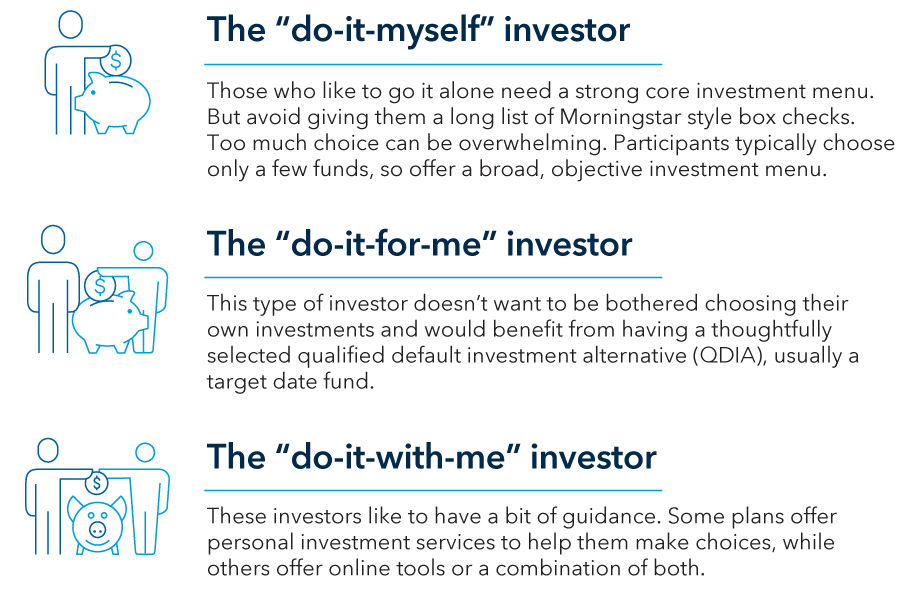Annual plan reviews are an essential part of supporting your plan sponsor clients and their participants. But they’re more than just a box to check. Used well, plan reviews can be an invaluable opportunity to strengthen relationships that help you win and retain business.
Use a combination of art and science to showcase the value you bring throughout the year. That means talking about more than just plan costs and investment results. Anyone can plug numbers into a computer and obtain an output. Your job is to bring the “art” by tying the numbers to your clients’ human needs — and how you can help meet them.



